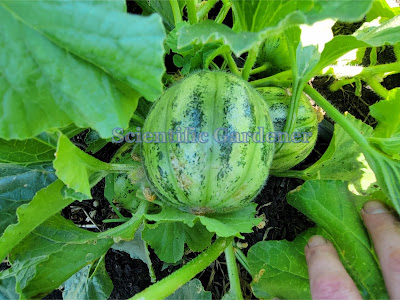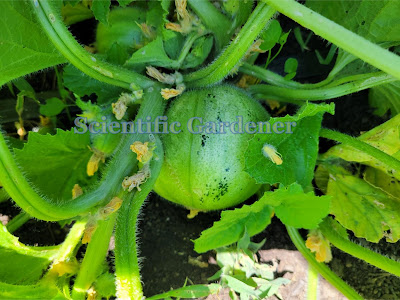Having received tales of gallant gardeners ridding cucurbits of the dreaded cucumber beetle with the use of a handheld vacuum cleaner, I decided to give a bug vac a try. As there are a number of options for the bug vacuum cleaners, and because I have not tried any other than the one that I purchased, I will not compare it with any others. However, I do have some things to consider when using a bug vacuum.
In addition to looking at product reviews, it may be helpful to find a vacuum that has a long thin attachment. Mine did not. So, in order to make sure that my bug vac could catch the little cucumber beetles, I used the outer case of a marker and pushed it into the vacuum attachment, taping the sides to keep the pressure. With this done, the vacuum exhibited enough pressure to easily suck up a cucumber beetle or other critter that would bother my plants.
So here are some of the pros and cons of a bug vac:
Pros:
-Able to pick up bugs without having to squish them.
-Able to surprise cucumber beetles to keep them from flying off.
-Good with spotted cucumber beetles, which tend to be higher on the plants
-Able to suck beetles while flying
-Able to isolate a large number of beetles from the plants in a relatively short amount of time (generally a time saver)
Cons:
-Having to keep and maintain another piece of equipment
-Having to leave the vacuum outside to have the beetles cook and remembering to bring the bug vac back inside
-Not as effective as nets with airborne beetles
-Not very effective with striped cucumber beetles, which tend to drop from the plant and burrow into the ground
-Limited amount of time that the vacuum will run before the battery requires recharging.
While there were a number of negative things about the bug vac that I used, I believe that the concept, in general is sound. Bug vacs save growers time in combating cucumber beetles and, while they do not completely eliminate the pressures from cucumber beetles, consistently utilizing bug vacs greatly reduces the damage to both the plants and the fruit.




























































